Hi there, pet lovers! 🦎
Reptile enthusiasts are often captivated by unique creatures that challenge common perceptions—and the European Legless Lizard (Pseudopus apodus), also known as the Sheltopusik, is a perfect example. At first glance, many mistake it for a snake, but this fascinating lizard boasts distinct traits that set it apart. With its armored body, long tail, and unmistakable lateral groove, the European Legless Lizard is a marvel of evolution.
But is it the right pet for you? In this detailed review, we’ll explore its temperament, care requirements, health considerations, availability, and costs. Whether you’re a seasoned reptile keeper or a curious beginner, this guide will help you decide if this “false snake” belongs in your home.
Overview
The European Legless Lizard is a large, snake-like lizard native to southeastern Europe and Central Asia. Unlike snakes, it has movable eyelids, external ear openings, and a rigid, armor-like body. Here’s a quick snapshot of what makes it unique:
- Handling and Temperament: Not ideal for frequent handling; can be wiggly and defensive.
- Care and Maintenance: Surprisingly low-maintenance but requires specific humidity and substrate.
- Health and Durability: Hardy but sensitive to improper conditions; rarely captive-bred.
- Availability: Mostly wild-caught imports; captive breeding is emerging but limited.
- Cost: Moderate initial setup; cheaper than blue-tongued skinks but pricier than common geckos.
- Overall: A fascinating reptile for experienced keepers, but not recommended for beginners or those seeking a hands-on pet.
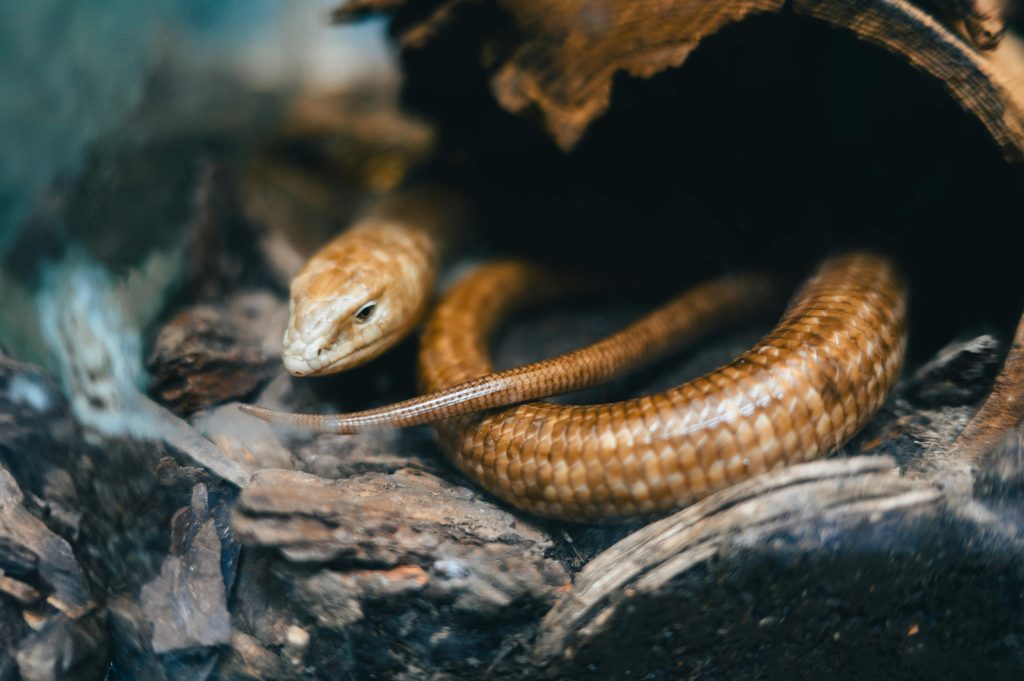
Why Choose a European Legless Lizard?
This lizard is perfect for those who want a low-maintenance, educational, and conversation-starting pet. Unlike snakes, it offers a glimpse into the diversity of legless reptiles while being relatively easy to care for. However, its limited handleability and wild-caught availability make it better suited for experienced reptile enthusiasts rather than casual pet owners.
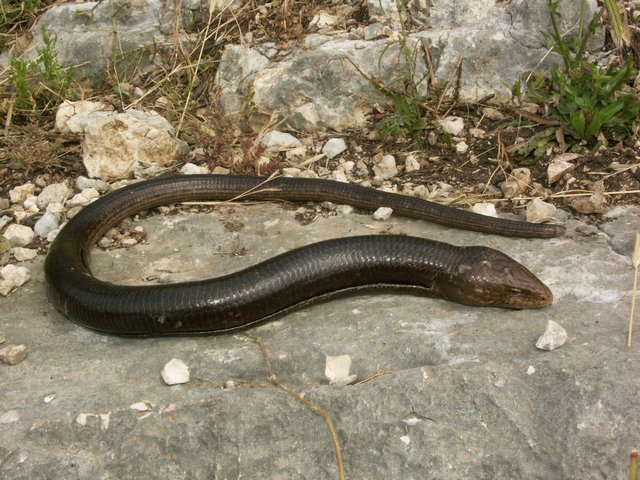
Handling and Temperament
Not a Snake, Not a Cuddler
While the European Legless Lizard may look like a snake, its personality and handling experience are entirely different. Unlike many snakes, these lizards are not fond of being held and can become stressed easily.
Behavior and Interaction
- Defensive Nature: When handled, they often hiss, mock strike, or thrash to escape.
- Biting Risk: Their bites are stronger than a snake’s (thanks to their snail-crushing jaws), though they rarely bite unprovoked.
- Tail Dropping: Like many lizards, they can drop their tails if stressed, though regrowth is minimal.
Handling Tips
- Minimize handling to reduce stress.
- Support the body fully—they lack flexibility and don’t coil like snakes.
- Avoid sudden movements, which can trigger defensive reactions.
Bottom Line: If you want a pet you can handle often, consider a blue-tongued skink or bearded dragon instead.

Care and Maintenance
Surprisingly Simple, But With Key Requirements
Despite their intimidating appearance, European Legless Lizards are relatively easy to care for—as long as their basic needs are met.
Enclosure Setup
- Size: A 40-gallon long tank (or larger) is ideal for adults.
- Substrate: Use coconut fiber, cypress mulch, or bioactive soil to allow digging.
- Hides & Decor: Provide multiple hides, branches, and foliage for enrichment.
- Humidity: Maintain 50-70% humidity with occasional misting (especially during shedding).
Temperature & Lighting
- Basking Spot: 85-90°F (30-32°C) using a low-wattage heat lamp.
- Ambient Temp: 75-80°F (24-27°C) on the cool side.
- UVB Lighting: Essential for calcium metabolism—use a 5.0 UVB bulb.
Feeding
- Diet: Omnivorous—feed insects (crickets, roaches), snails, ground meat, and high-quality dog food.
- Supplements: Dust food with calcium + D3 twice a week.
- Feeding Schedule: Adults eat 2-3 times a week; juveniles need daily meals.
Pro Tip: If feeding snails, ensure they’re captive-bred to avoid parasites.
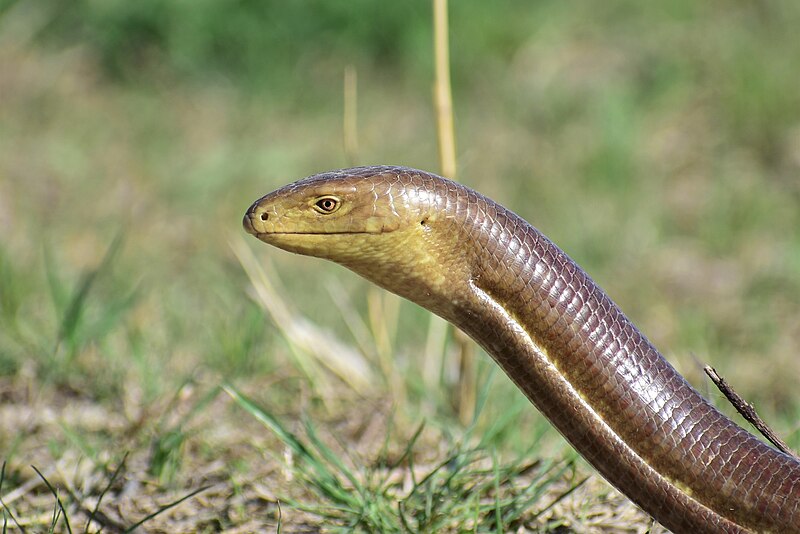
Health and Durability
Hardy, But With One Major Flaw
These lizards are resilient but face one critical issue: most are wild-caught, leading to potential health risks.
Common Health Issues
- Parasites: Wild imports often carry internal parasites—fecal checks are a must.
- Respiratory Infections: Caused by low humidity or poor ventilation.
- Dehydration: Ensure a shallow water dish is always available.
Preventative Care
- Quarantine new arrivals for at least 30 days.
- Regular vet check-ups for parasite screening.
- Maintain clean substrate to prevent bacterial growth.
Biggest Concern: Until captive breeding becomes mainstream, supporting wild-caught trade poses ethical and ecological risks.
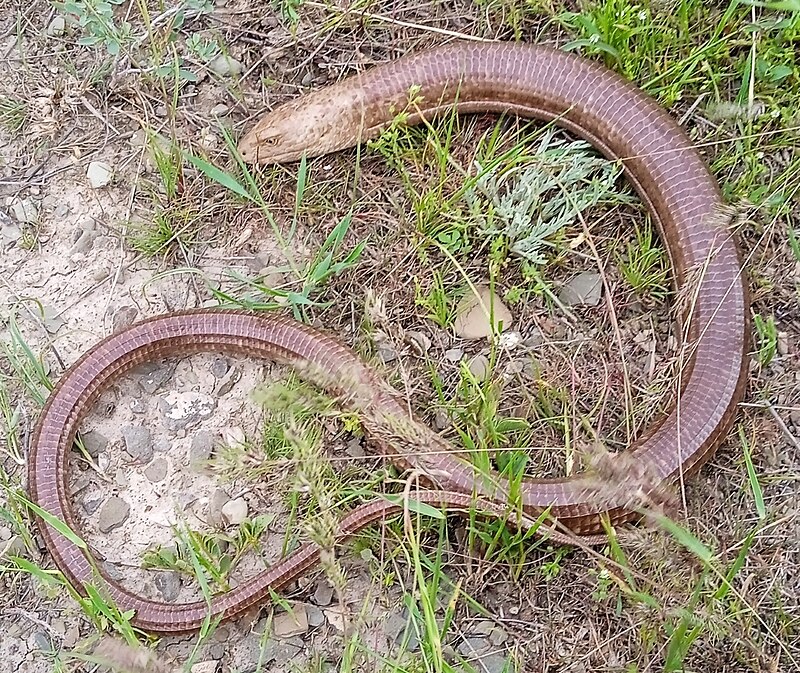
Availability and Cost
Rare in Captivity—For Now
Finding a European Legless Lizard can be tricky, but the market is slowly evolving.
Where to Buy
- Reptile Expos: Occasionally available from specialty breeders.
- Online Retailers: Some importers sell them, but wild-caught risks apply.
- Zoos & Conservation Programs: The best source for future captive-bred stock.
Cost Breakdown
- Lizard Price: $100 to $300, depending on size and origin.
- Enclosure Setup: $200 to $400 (tank, heating, UVB, substrate).
- Ongoing Costs: $20 to $50/month (food, supplements, electricity).
Future Outlook: With zoos successfully breeding them, captive-bred options may soon become available.
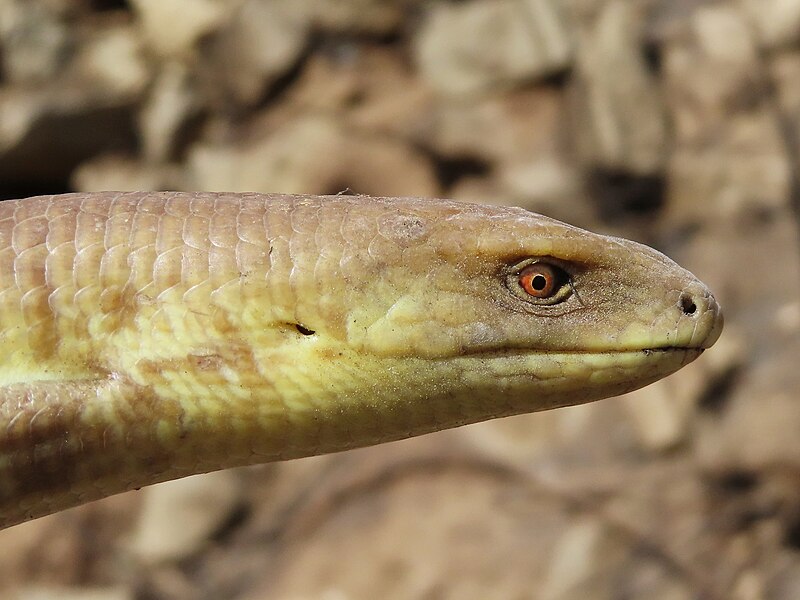
Pros and Cons
Weighing the Decision
Pros
✔ Unique, educational, and fascinating to observe.
✔ Low-maintenance compared to other large lizards.
✔ Hardy once acclimated to captivity.
✔ Omnivorous diet—easy to feed.
Cons
✖ Not handle-friendly—stresses easily.
✖ Mostly wild-caught (ethical concerns).
✖ Requires large enclosure.
✖ Limited captive breeding (for now).
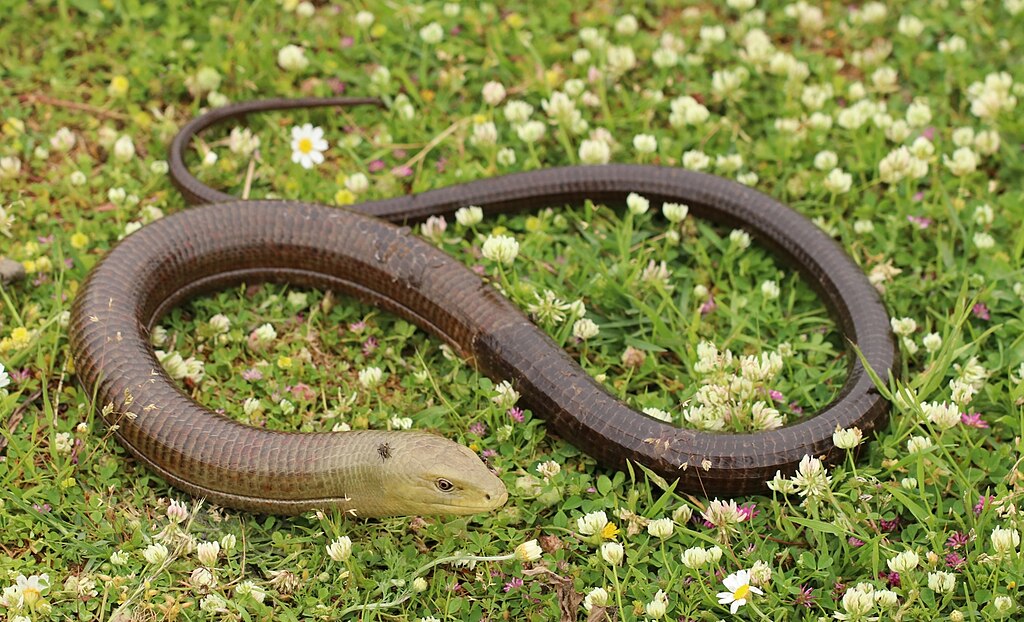
Final Thoughts
The European Legless Lizard is a remarkable reptile that blurs the line between lizards and snakes. While it’s not the best pet for handling, its easy care and unique biology make it a great choice for experienced keepers who appreciate observing rather than interacting.
For now, we recommend waiting for captive-bred specimens to ensure ethical ownership. In the meantime, consider glass lizards or blue-tongued skinks for a similar (but more handleable) experience.
Have you kept a European Legless Lizard? Share your experiences below! For more reptile guides, stay tuned and subscribe. 🦎

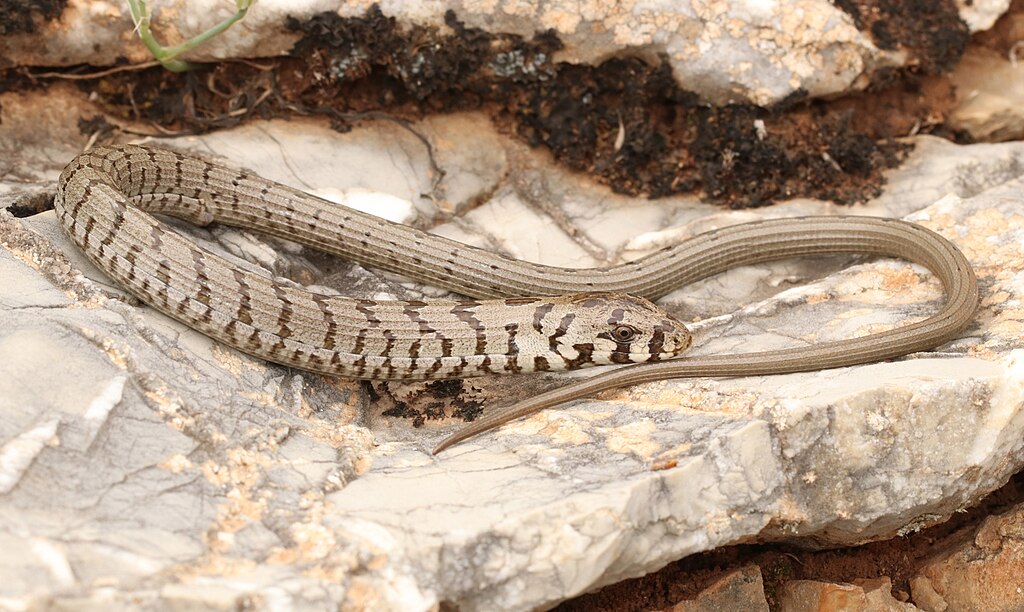

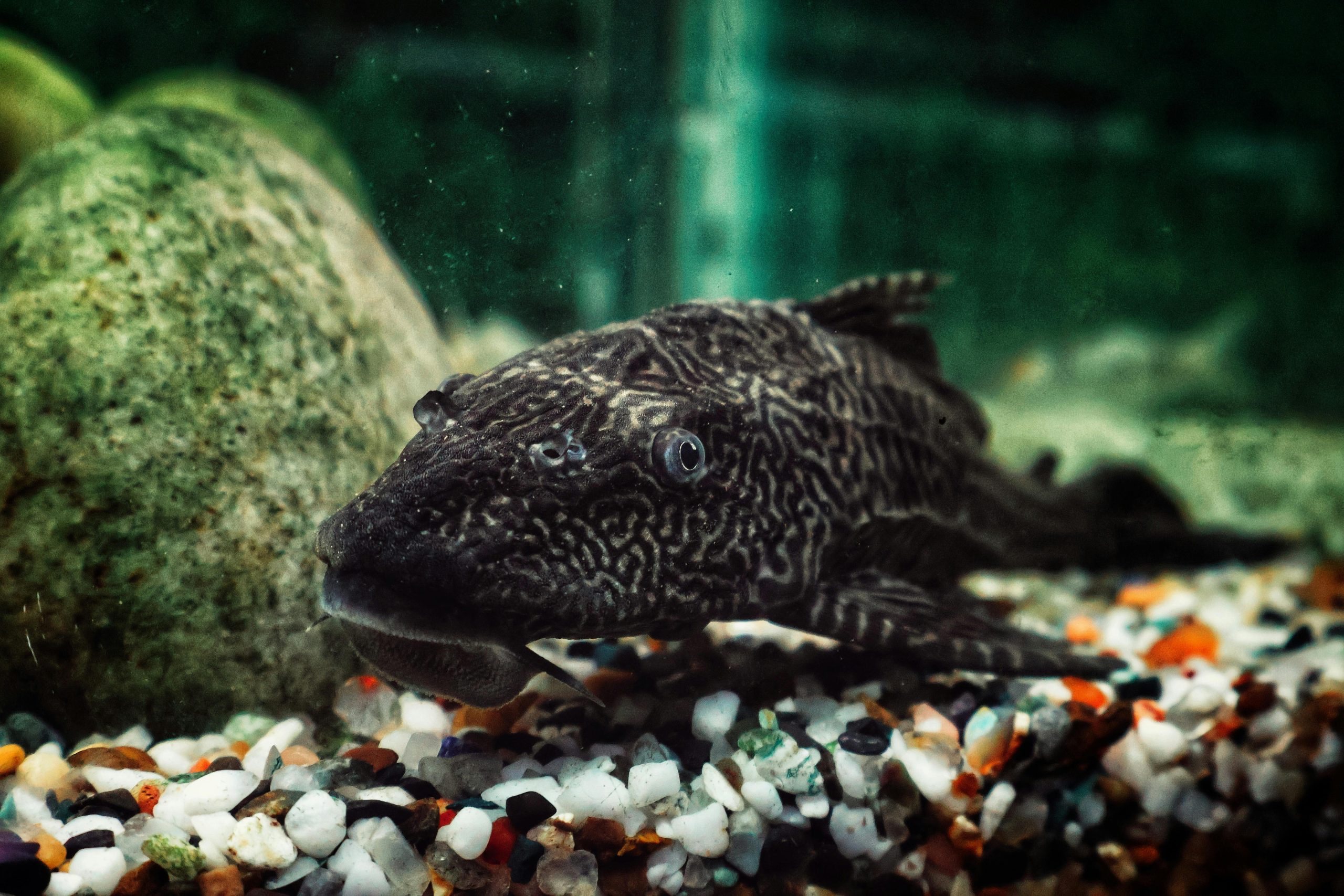
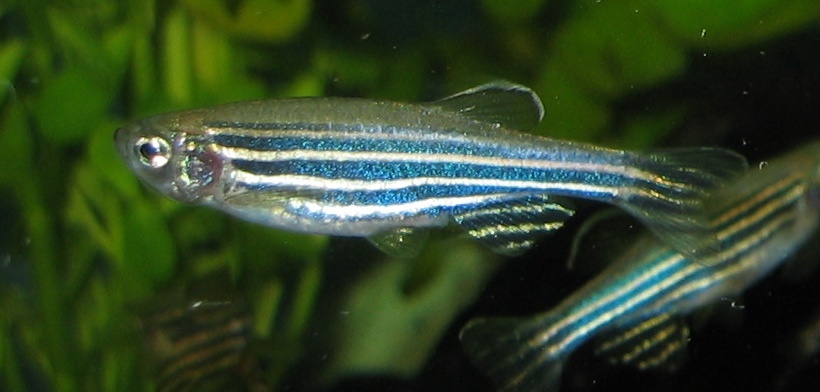
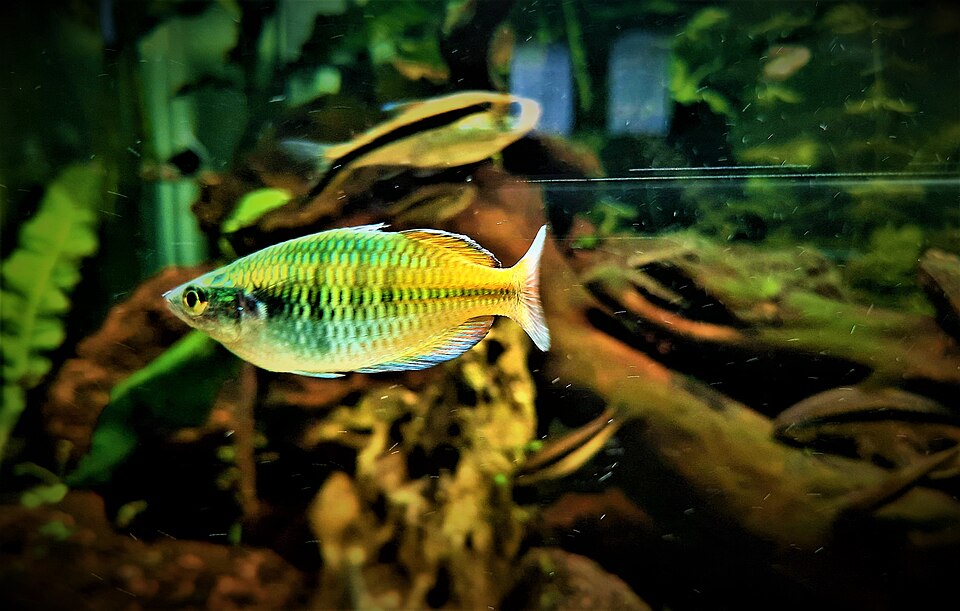
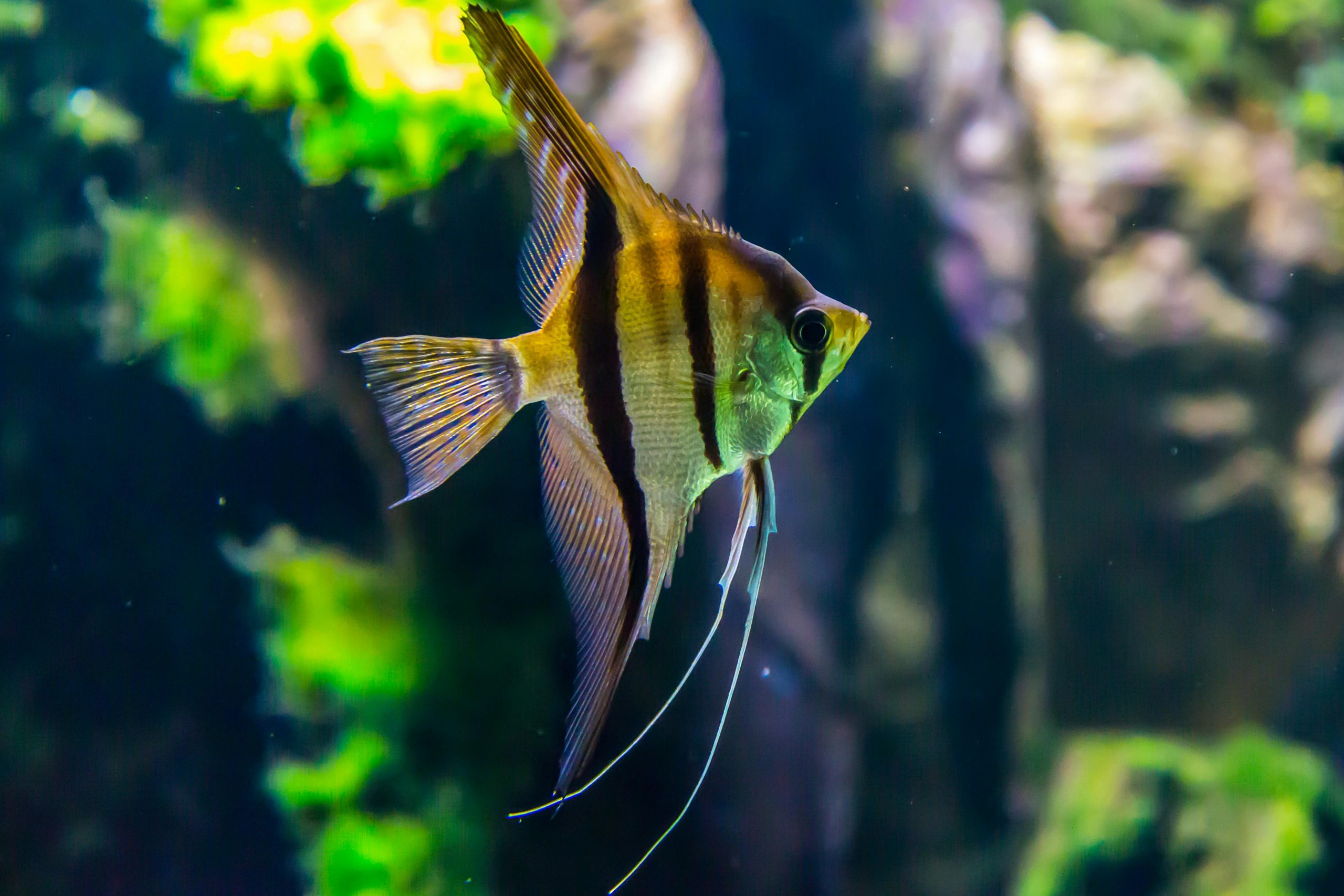
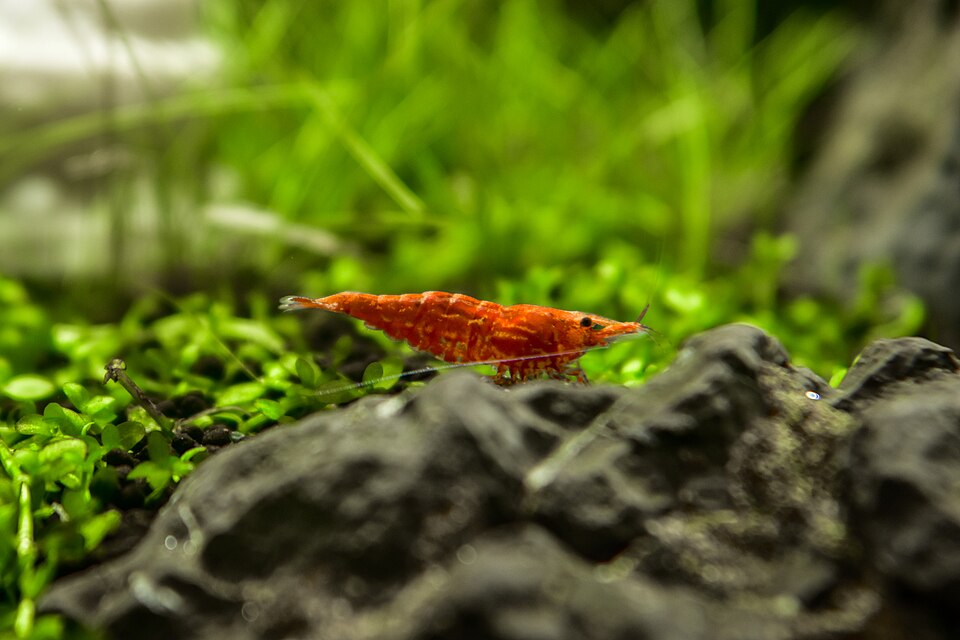
Leave a Reply